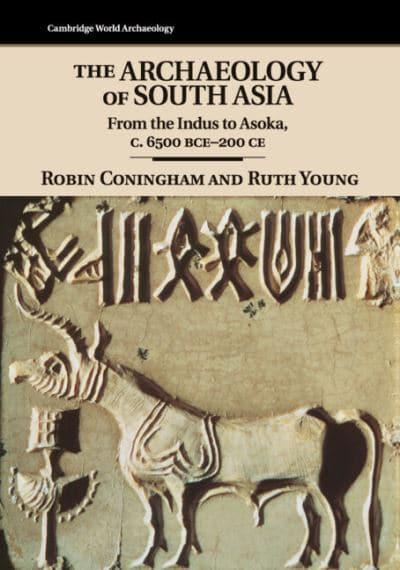The archaeology of South Asia
from the Indus to Asoka, c. 6500 BCE-200 CE
- ISBN: 9780521609722
- Editorial: Cambridge University Press
- Fecha de la edición: 2023
- Lugar de la edición: Cambridge. Reino Unido
- Colección: Cambridge World Archaeology
- Encuadernación: Rústica
- Medidas: 24 cm
- Nº Pág.: 555
- Idiomas: Inglés

This book offers a critical synthesis of the archaeology of South Asia from the Neolithic period (c.6500 BCE), when domestication began, to the spread of Buddhism accompanying the Mauryan Emperor Asoka's reign (third century BCE). The authors examine the growth and character of the Indus civilisation, with its town planning, sophisticated drainage systems, vast cities and international trade. They also consider the strong cultural links between the Indus civilisation and the second, later period of South Asian urbanism which began in the first millennium BCE and developed through the early first millennium CE. In addition to examining the evidence for emerging urban complexity, this book gives equal weight to interactions between rural and urban communities across South Asia and considers the critical roles played by rural areas in social and economic development. The authors explore how narratives of continuity and transformation have been formulated in analyses of South Asia's Prehistoric and Early Historic archaeological record.
Part I. The context. 1. Introduction and definitions ; 2. Environment and culture : South Asia's environmental, linguistic and religious patterns ; 3. Histories of South Asian archaeology
Part II. The Indus Valley tradition, c. 6500-1900 BCE. 4. Food producers : multiple Neolithics (c. 6500-2000 BCE) ; 5. Regionalisation and differentiated communities (c. 5000-2600 BCE) ; 6. An era of integration : the Indus civilisation (c. 2600-1900 BCE) ; 7. Localisation : transformations of a system (c. 1900-1200 BCE)
Part III. The early historic tradition (c. 1900-200 BCE). 8. South Asia : transitions and continuities (c. 1900-1200 BCE) ; 9. The re-emergence of regional differentiation (c. 1200-600 BCE) ; 10. Reintegration : towards an early historic world (c. 600-250 BCE) ; 11. The Mauryans and the Asokan ideal (c. 321-185 BCE)
Part IV. Conclusions. 12. Conclusions and challenges






